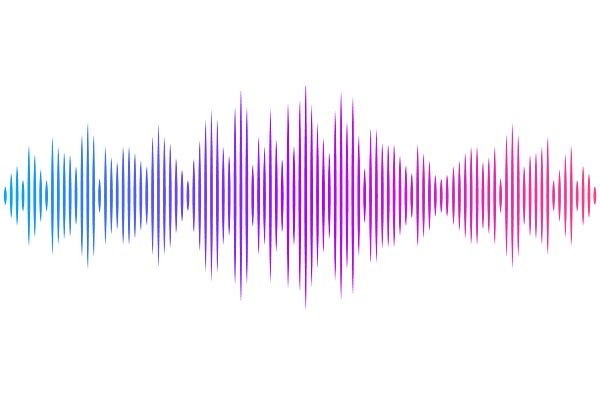American mink as an animal model to study SARS-CoV-2 and vaccine response

American mink as an animal model to study SARS-CoV-2 and vaccine response
Aaltonen, K.; Virtanen, J.; Kegler, K.; Venkat, V.; Kareinen, L.; Korhonen, E. M.; Niamsap, T.; Malmgren, R.; Korpela, J.; Naves, R. A.; Iso-Oja, M.; Svenns, S.; Haggvik, T.; Ojala, E.; Vapalahti, O.; Peura, J.; Sukura, A.; Ritvos, O.; Pasternack, A.; Nordgren, H.; Kant, R.; Sironen, T.
AbstractSelecting a suitable animal model is crucial in understanding infectious diseases and developing vaccines. Here, we developed a receptor-binding domain -based SARS-CoV-2 vaccine with mouse Fc an immunopotentiator in a mink model. Four different variations of the vaccine were tested in groups of 30-31 American mink and followed for IgG and neutralizing antibodies (nAb) up to 27 weeks. Subcutaneous version induced a strong IgG and nAb response within two weeks and was still detectable at 27 weeks. Intranasal version also caused a detectable, although weaker, immune response. A simultaneously given subcutaneous vaccine against virus enteritis, botulism and hemorrhagic pneumonia potentially caused a lower SARS-CoV-2 antibody response, highlighting the need for further studies on co-effects of vaccines. In virus challenge with Alpha variant (B.1.1.7), vaccinated mink had a stronger antibody response than unvaccinated mink. Despite not preventing the infection, vaccinated mink had milder clinical signs and less virus in saliva. Another challenge of unvaccinated mink with Omicron variant showed similar results to alpha (BA.1) variant. Virus RNA was detected in the brain of unvaccinated mink but not vaccinated mink by in situ hybridization, indicating a suitability of mink to study neurological effects of SARS-CoV-2 and potentially long COVID as well.